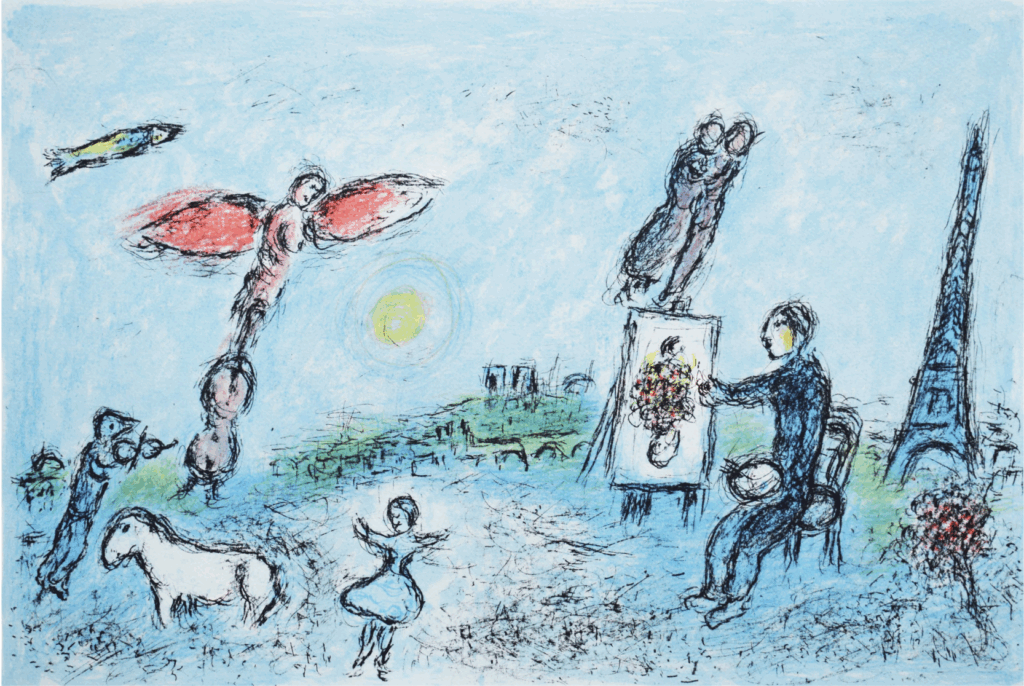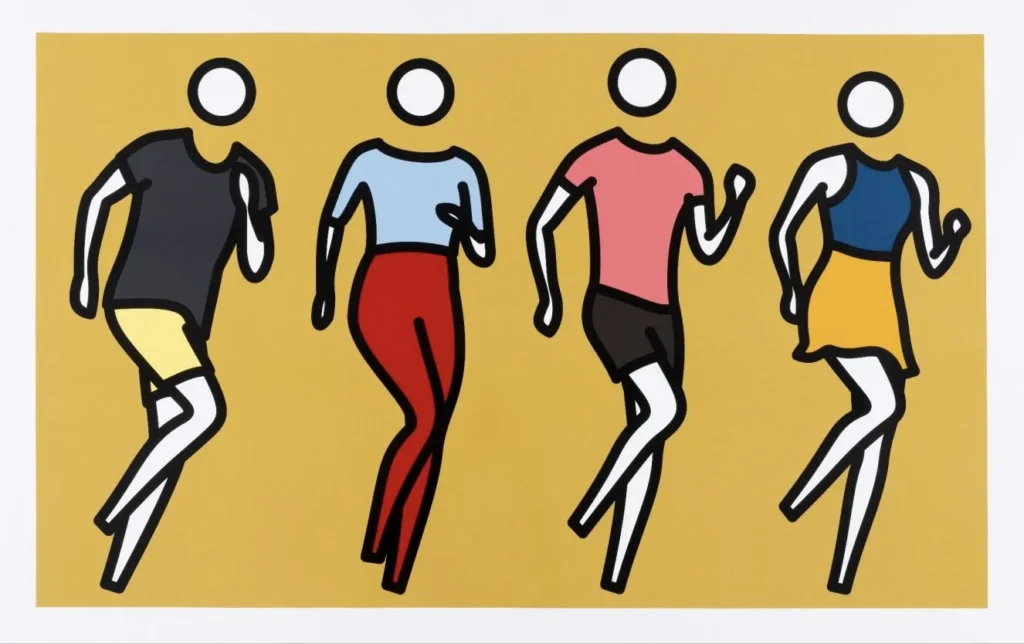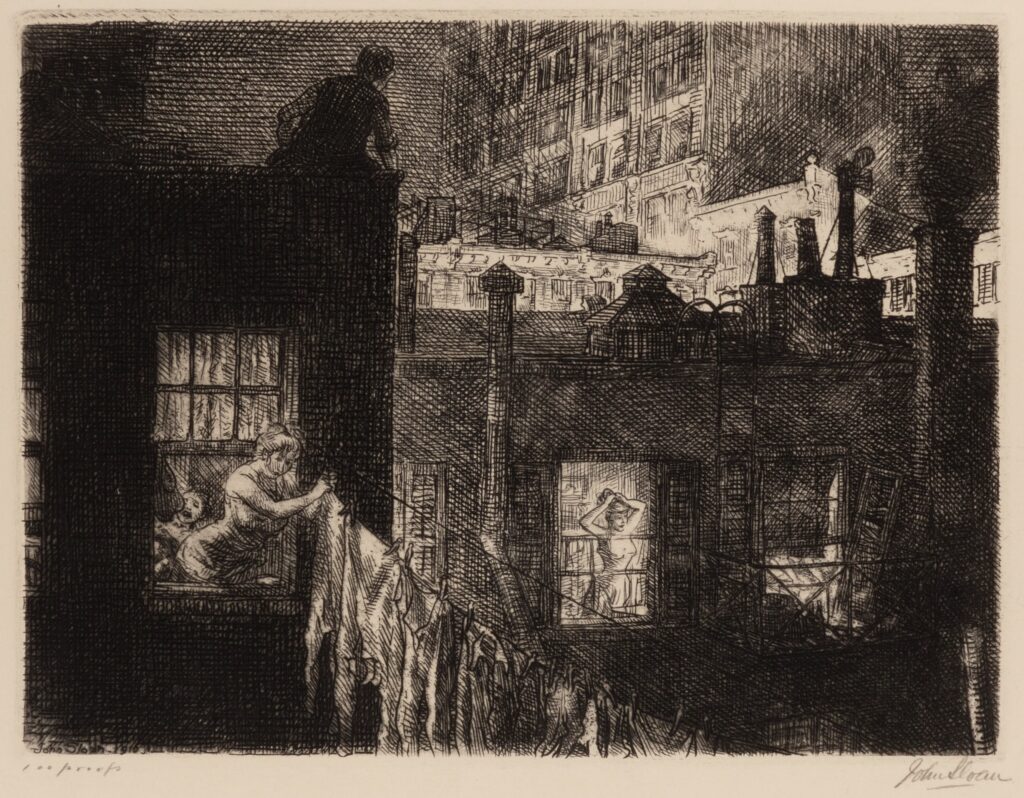10 Common Mistakes When Buying and Collecting Fine Prints
1. Confusing Original Prints with Reproductions
When collecting fine prints, one of the biggest mistakes is not understanding the difference between original prints and reproductions. An original print is created by the artist as part of the printmaking process itself – think etchings, lithographs, or screen prints where the artist directly works on the printing surface. Reproductions are simply photographic copies of existing artworks printed on paper. Original prints will always be more valuable and collectible, so learn to distinguish between terms like “lithograph” (original) and “lithographic reproduction” (copy).
2. Ignoring Edition Information
Many collectors make the error of ignoring edition information entirely. Limited edition prints are numbered (like 15/100, meaning the 15th print in an edition of 100) and generally more valuable than unlimited editions or artist’s proofs. However, don’t assume smaller edition numbers always mean higher value – a print by a lesser-known artist in an edition of 25 might be worth less than a print by a famous artist in an edition of 500. The artist’s reputation and the print’s quality matter more than edition size alone.
3. Overlooking Condition Issues
Condition problems are often overlooked by new collectors, but they dramatically affect value. Light damage, foxing (brown spots), tears, creases, and staining can reduce a print’s worth by 50% or more. Always examine prints in good lighting and don’t be afraid to ask about any restoration work that’s been done. What might look like a bargain could end up being expensive if it needs professional conservation.
4. Buying Without Proper Documentation
Buying without proper documentation is another common pitfall. Reputable dealers should provide information about the print’s provenance, edition details, and authenticity. Be wary of prints sold without any paperwork or those described with vague terms like “after” an artist’s name, which usually indicates it’s not an original work by that artist but rather based on their design.
5. Focusing Too Much on Investment Potential
Many collectors focus too heavily on investment potential rather than personal enjoyment. While some prints do appreciate in value, the art market can be unpredictable. Buy prints you genuinely love and want to live with, because you’ll be looking at them every day regardless of their financial performance. The prints that bring you joy will always have value in your life.
6. Making Purchases Without Research
Rushing into purchases without research is particularly costly in print collecting. Take time to learn about the artists you’re interested in, understand their different printmaking periods, and familiarize yourself with market prices. Visit galleries, museums, and print fairs to train your eye. A little education can prevent expensive mistakes and help you spot genuine opportunities.
7. Improper Framing and Storage
Improper framing and storage can destroy prints over time. Never use acidic materials or cheap framing that puts the print in direct contact with glass. UV-filtering glazing and acid-free matting are essential investments that protect your collection. Similarly, if you’re storing prints, use acid-free boxes and tissue paper, and keep them in a climate-controlled environment.
8. Not Buying from Reputable Sources
Don’t overlook the importance of buying from reputable sources. Established galleries, auction houses, and dealers with good reputations stand behind their sales and can provide expertise about the works they sell. While you might find bargains elsewhere, the risk of buying misattributed, damaged, or fake prints increases significantly when dealing with unknown sellers.
9. Choosing Famous Names Over Quality
Many collectors make the mistake of focusing only on famous names while ignoring quality. A mediocre print by a well-known artist might be a poor investment compared to an excellent print by a lesser-known but skilled printmaker. Learn to evaluate the technical quality of the printmaking itself – the richness of colors, the precision of lines, and the overall craftsmanship.
10. Not Considering Your Space and Lifestyle
Finally, failing to consider your space and lifestyle is a practical mistake many collectors make. Large prints need appropriate wall space and viewing distance to be appreciated. Delicate works might not suit homes with children or pets. Consider how the prints will fit into your living situation and whether you have the proper environment to display and preserve them properly.



